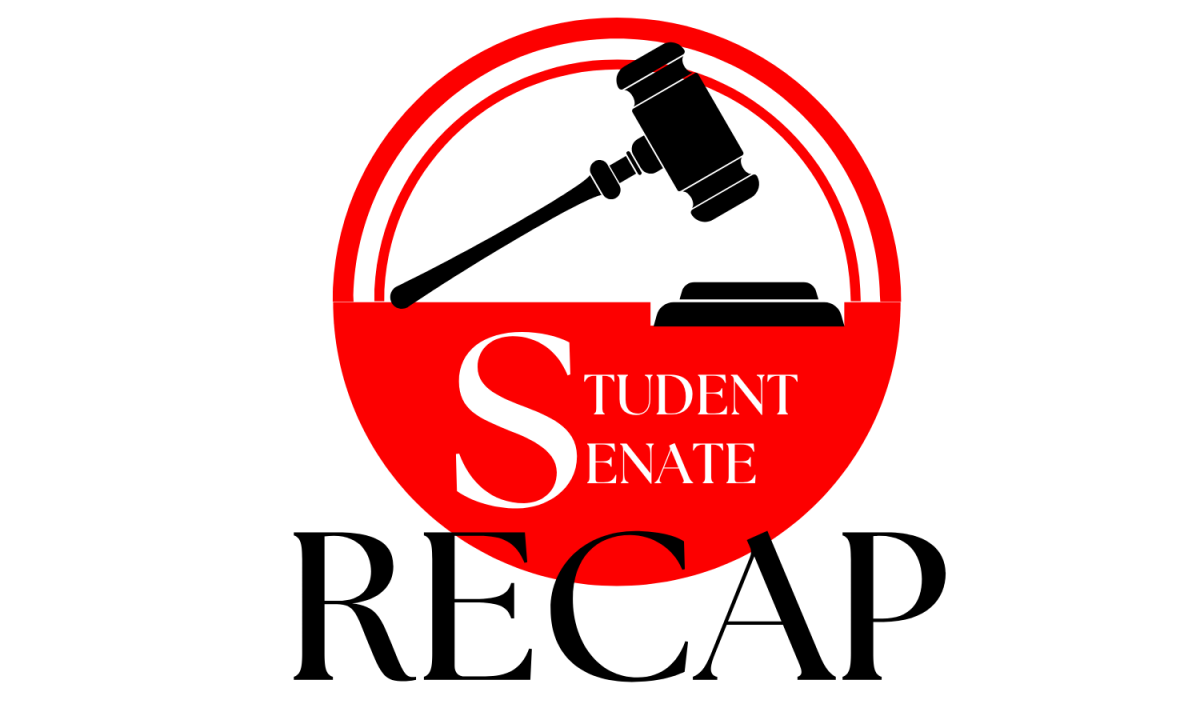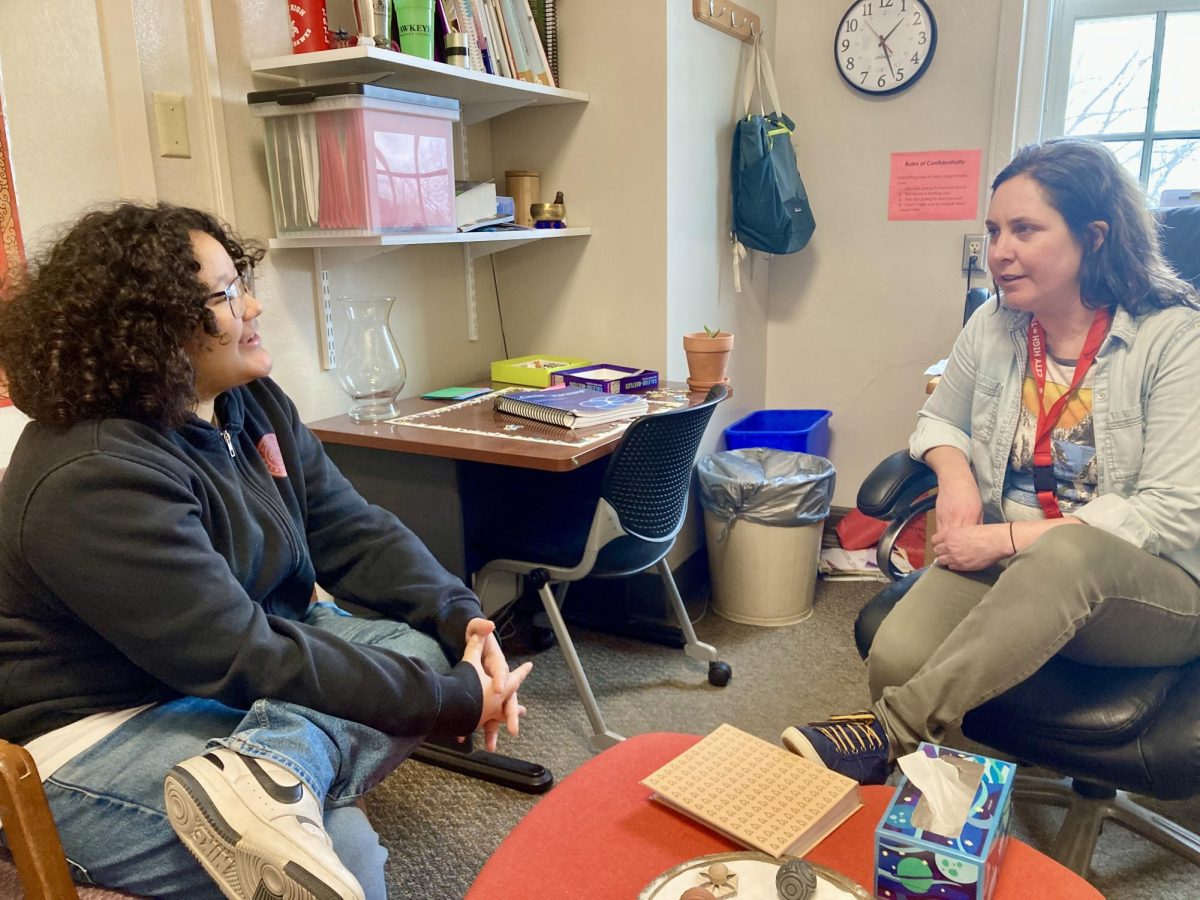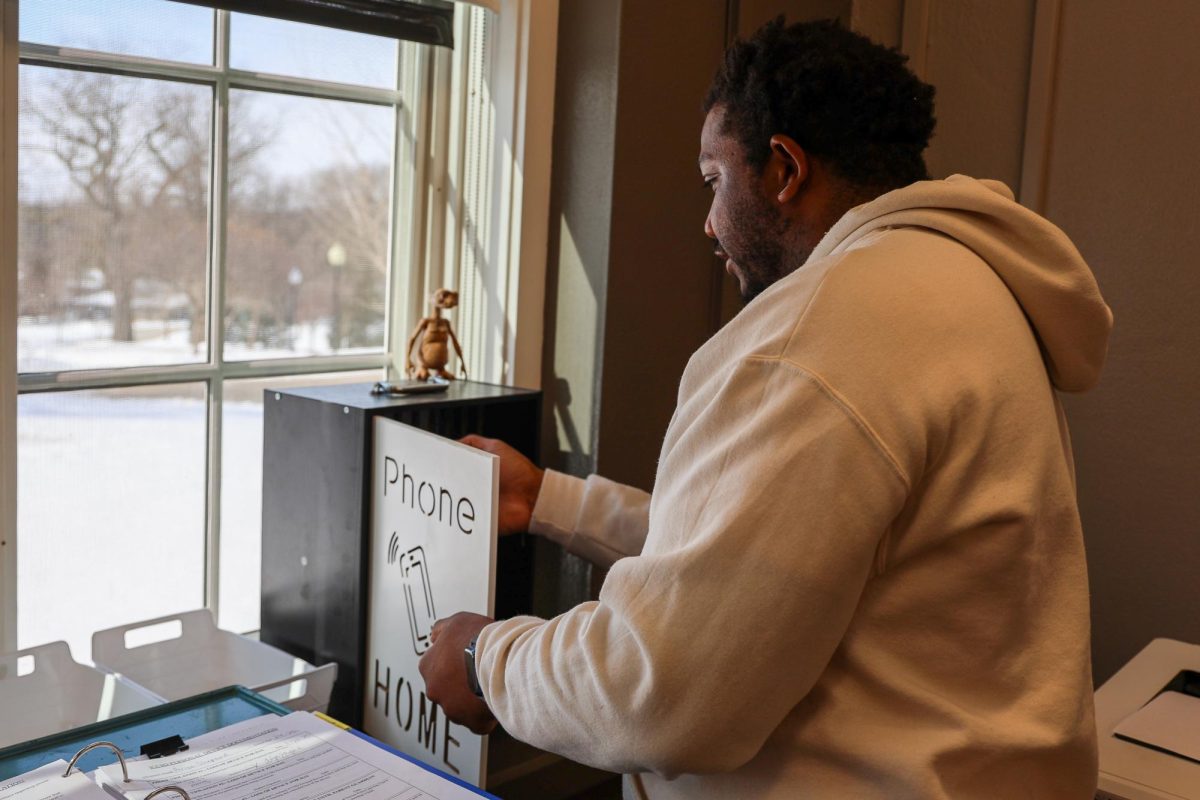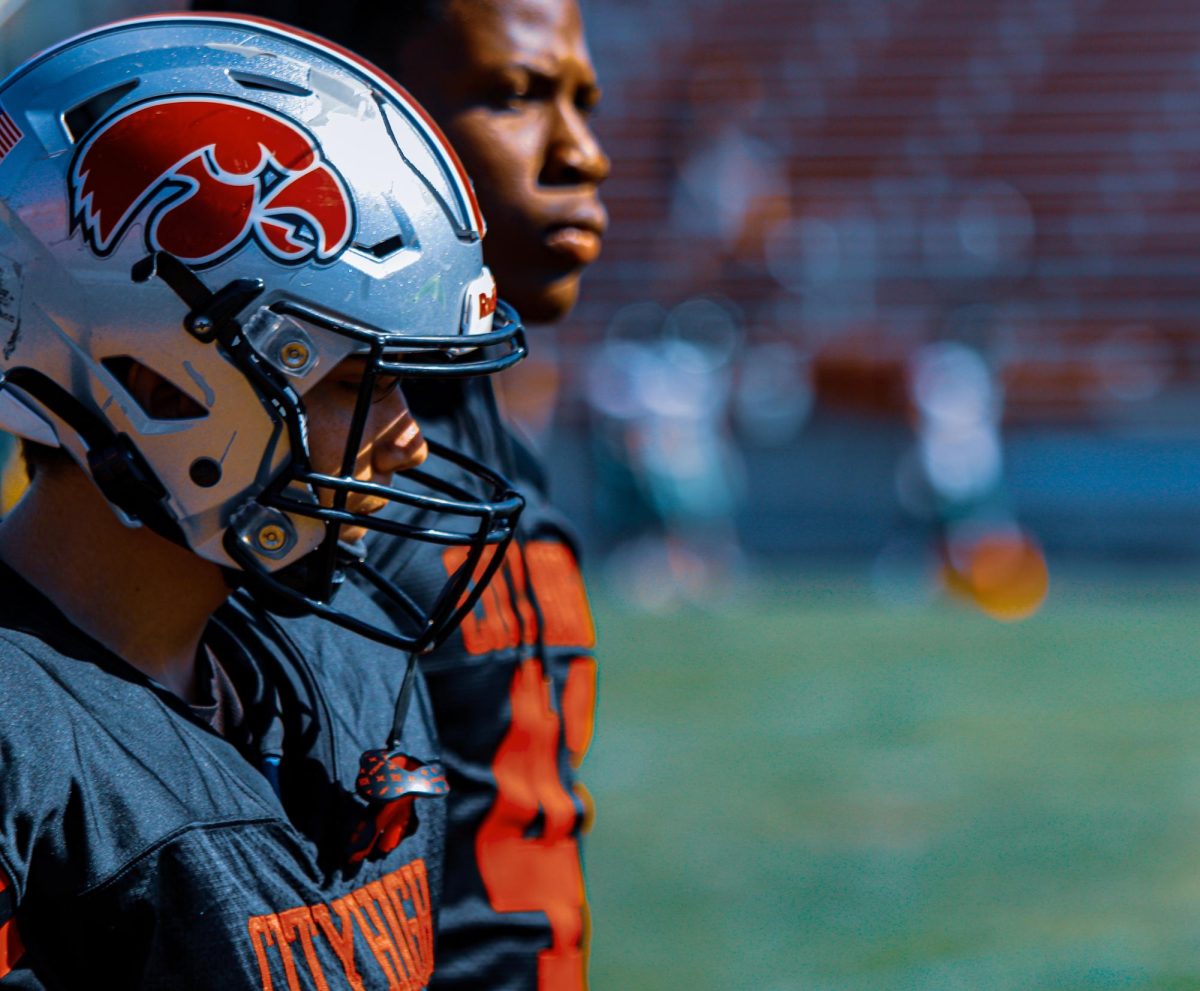Chairs shuffle as students filter into Dr. Ayers’s 3rd-period AP Lang class; they silence their phones and then slide them into pre-assigned pockets. Dr. Ayers was ahead of the game and enacted his ban on cell phones a week before the new policy.
“When I found out about the new phone policy, I thought it was strict but necessary. I am aware that phones are an enormous distraction for students, myself, and even teachers at points, which makes phones an incredibly prevalent issue that must be solved,” student Ruby Schulz ‘27 said.
The class has had extensive debate on the topic of the new cellphone policy applying elements of effective argument strategy as built into the curriculum of AP Lang. Some students argue the new policy’s effectiveness, and some argue that the policy should only apply to students who have problems with cell phone usage. This raises the question, what does it mean to “have problems with cell phone usage”?
“As much as I think the policy is extreme, I don’t think it’s the most terrible thing that could ever happen. It has been proven that trying to control cell phones on the individual level rather than school-wide is ineffective. At the end of the day, phones are a distraction, but where my disagreement lies is with headphones,” Schulz said.
The policy states that students must have their cell phones, earbuds, headphones, and other non-school devices away when in the classroom. They can be stored in pockets hanging on the wall or in backpacks. Students are no longer allowed to have their phones stored in their pockets. If students use their phones during class without formal permission, then the teacher sends an email to hall monitors, who will come to the classroom and confiscate the student’s phones for the rest of the day.
“I and many other students prefer to work with music and rely on music to keep me focused and productive. With headphone usage being prohibited, I can see it being harder for some students who are more reliant than others on listening to music in class to focus and get things done,” Schulz said.
As the policy has been in effect for over a month, we have seen that with a little time and adjustment, students have gotten used to their new normal with no phones in classrooms. Over 55 phones were taken on the first day, but now the guidance office reports confiscating an average of 35-40 daily.
“Just a couple of weeks into the new policy, I see a visible shift in the classroom where students and teachers alike are more engaged than ever,” Schulz concluded.






































